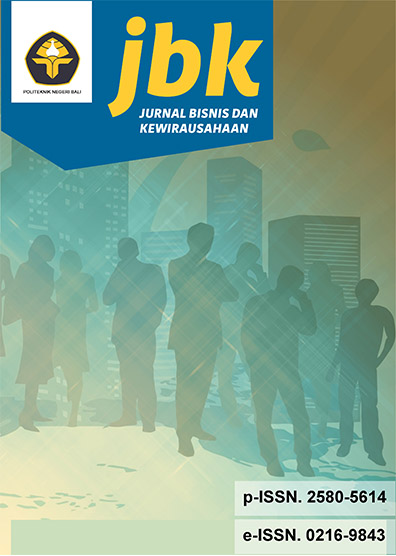Uang Kepeng in the Globalization Era: Industrialization at Kamasan Village, Klungkung, Bali
Abstract
Uang kepeng or pis bolong (a traditional coin with a square hole in its center) has become an integral part in the cultural life and rituals of Balinese community. When Bali has been influenced by the ideology of globalization, uang kepeng has not only been used in connection with the culture and rituals, but has become tourism products in the form of souvenirs and ornaments. The coin which was originally brought to Bali from China when it was used as money, now has been produced as a product of a handicraft industry. The change in practice in the production of uang kepeng to an industrialization cannot be separated from an ideology that plays its part behind it. The handicraft industrialization has some implications on the attitude of the craftsmen and the type of product they produce. This study used a qualitative method. The sample was selected using a purposive sampling technique. The data were collected from key informants and the data collection was continued with the next informants like a snow ball that continues rolling. The ideology that influenced the industrialization of uang kepeng handicraft at Kamasan village, Klungkung was that the folk industry is related to the agrarian culture and industrialization is the continuation of the agrarian culture. The implications on the craftsmen and the product that they produce are: the cultural change from a folk culture to a popular culture, fordism as a mass production based on casting, multiculturally oriented product, and that markets produce products




